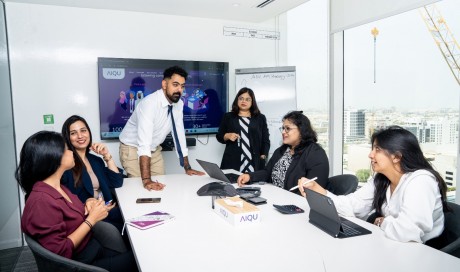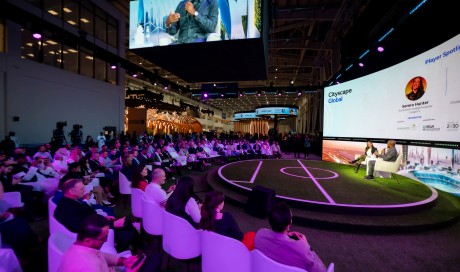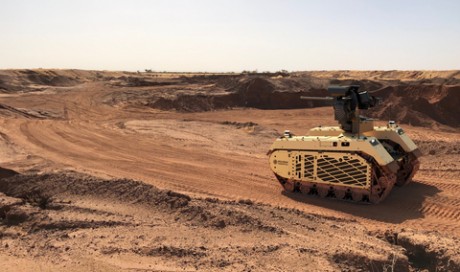“Employers say young Saudi men and women are lazy and are not interested in working and accuse Saudi youth of preferring to stay at home rather than to take a low-paying job that does not befit the social status of a Saudi job seeker,” Bassnawi said, adding that fake Saudisation “could create a generation of young men and women who are not interested in finding a job and who prefer to get paid for doing nothing.”
Nonetheless, the authorities seem unlikely to row back on Saudisation. MBS hopes to generate some $17.33 billion through the new expat taxes by 2020 in order to help address the budget deficit — projected to be $52 billion in 2018 — and finance new economic projects. Yet critics question whether the projected tax haul will compensate for the loss of consumer spending resulting from foreigners’ departure, as even those who remain are likely to send their relatives home because of the fees on dependents.
“Taxation of expatriates, before Saudi Arabia turns into a productive economy that depends on industry, is like putting the cart before the horse,” Tariq A. Al Maeena, a Jeddah-based commentator, said in Gulf News in October. Karen E. Young of the Arab Gulf States Institute in Washington, writing in the institute’s blog in February, said it will take a decade or more to create a working class of Saudis willing to do service sector, retail, and construction jobs.
In the meantime, MBS’s hopes of raising capital elsewhere, and making public expenditure savings, are dimming, and a plan to slash public subsidies has had to be curbed in the face of public grumblings.
Foreign direct investment slumped from $7.5 billion in 2016 to $1.4 billion last year, a fourteen-year low, UN figures show. Moreover, in November, a paper by the Institute of International Finance projected capital outflows in 2017 at $101 billion, 15% of GDP. The IIF said capital flight from Saudi Arabia has contributed to the sizeable decline in official reserves. There are strong anecdotal indications that a proportion of these outflows represent concerned businessmen shifting as much of their liquid assets abroad.
Fortunately, a rebound in the price of oil has provided some financial respite. Foreign reserves, which have in part been used to finance the budget deficit, experienced a month-on-month rise of just over $13 billion, to nearly $499 billion, in April, still way down from their peak four years ago, when they stood at $737 billion.
While he may have more funds at his disposal, MBS can’t continue indefinitely to draw them down, nor rely on bond issues, to plug budgetary shortfalls. Yet he might have no choice. With Saudi business and foreign investor confidence in the economy at such a low ebb, and Saudisation under strain, it will be a while before private sector wealth-generation will be able to help Saudi Arabia balance the books.
Share This Post














